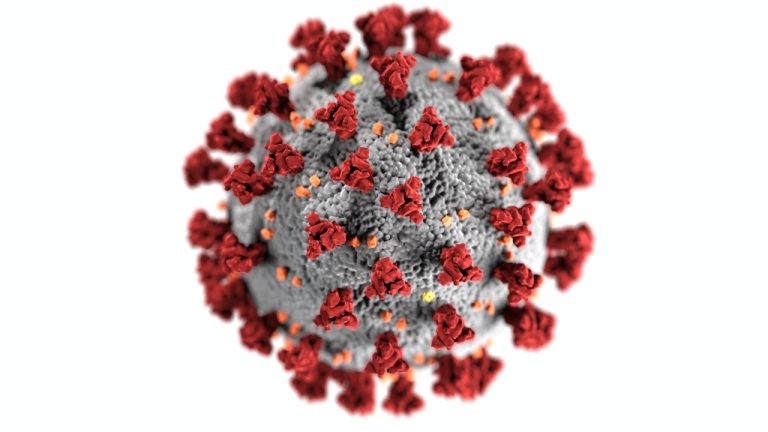How Does AIDS Affect Our Health & How To Prevent It

The infection known as HIV targets the body’s immune system, particularly the CD4 cells, which are white blood cells.
World AIDS Day 2022 is being observed today i.e. December 1 with the help of partners and the theme “Equalize.” WHO is urging world leaders and citizens to courageously acknowledge and address the inequalities that are impeding efforts to end AIDS. They are also urging them to equalize access to vital HIV services, especially for children and key populations and their partners, including men who have sex with men, transgender people, drug users, sex workers, and those who are incarcerated.
Even while HIV continues to be a serious public health concern that affects millions of individuals globally, the global HIV response is at risk. Millions of lives are at stake as a result of the recent stagnation in HIV objective progress and resource depletion.
Consistent efforts are needed to keep HIV in the public’s eye and put an end to AIDS as a public health hazard because of the COVID-19 pandemic and other worldwide crises, which also offer persistent economic, social, cultural, and legal obstacles.
The infection known as HIV targets the body’s immune system, particularly the CD4 cells, which are white blood cells. A person’s resistance to opportunistic infections like tuberculosis and fungal infections, serious bacterial infections, and several malignancies is weakened as a result of HIV’s destruction of these CD4 cells.
WHO advises getting tested for HIV for everyone that may be at risk. People who are more likely to contract HIV should look for comprehensive and efficient services for HIV prevention, testing, and treatment. Self-tests and straightforward, cost-effective quick diagnostic procedures can both be used to identify HIV infection. The 5Cs consent, confidentiality, counseling, accurate results, and connection to treatment and other services must all be adhered to by HIV testing services.
When a person is diagnosed with HIV, antiretroviral medication (ART) should be made available to them as soon as possible. They should also be regularly checked using clinical and laboratory parameters, such as a test to check for the presence of the virus in the blood (viral load). This medication can stop HIV from spreading to others if it is taken consistently.
To evaluate a person’s immunological status, a CD4 cell count must be performed at the time they are diagnosed or soon after commencing ART. A blood test called the CD4 cell count is used to monitor the development of HIV disease, as well as the likelihood of contracting opportunistic infections, and it directs the use of preventive therapy.
In those who are not receiving or are not responding well to ART, the CD4 count gradually lowers over time and falls within the typical range of 500 to 1500 cells/mm3 of blood. A person’s immunity is significantly weakened if their CD4 cell count drops below 200, making them more vulnerable to illnesses and even death. A CD4 level of less than 200 is considered to indicate advanced HIV illness (AHD).
The amount of HIV virus present in the blood is measured by HIV viral load. The test is used to track viral replication levels and ART efficacy. The goal of treatment is to lower the viral load inside the blood to low or undetectable (less than 50 copies/ml), as well as the persistent presence of perceptible viral load (greater than 1000 copies/ml) in HIV-positive individuals receiving ART is a sign that treatment is not working as intended and that the regimen needs to be changed or adjusted.
By reducing their exposure to risk factors, individuals can lower their risk of contracting HIV. The following are important HIV prevention strategies that are frequently combined:
The use of male and female condoms
HIV prevention, testing, and counseling
Voluntary medical male circumcision (VMMC)
The use of antiretroviral drugs (ARVs) for prevention (oral PrEP and long-acting products)
The dapivirine vaginal ring, and injectable long-acting cabotegravir
Harm reduction for people who inject drugs and use drugs
Abolition of mother-to-child transmission (MTCT) of HIV.
An essential feature of HIV prevention is expanding access to testing and promoting
linkage to ART because HIV cannot be transmitted if a person’s sexual partner is
virally suppressed on ART.
Keep these points in mind to ensure better protection against AIDS.



